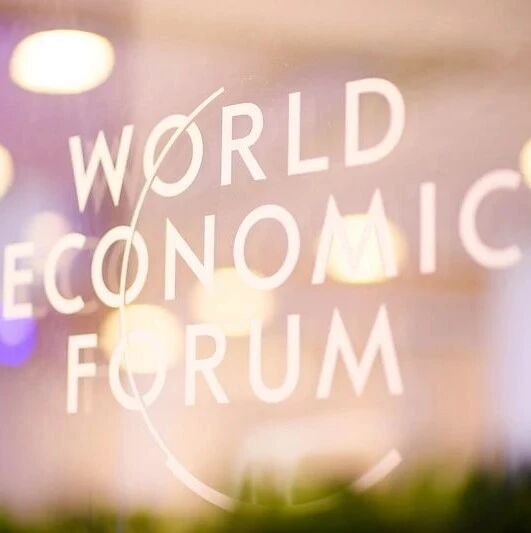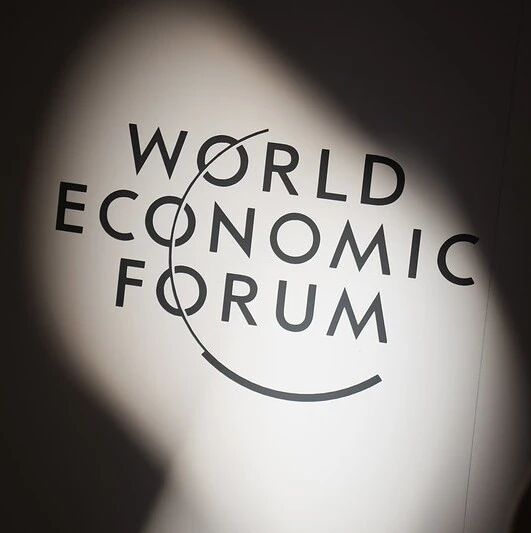

Despite global economic turbulence, the global consumer class continues to grow.
Image source: Unsplash/Jacek Dylag
Juan Caballero
Head of Insights and Analytics at World Data Lab
Ana Sampaio
Assistant Data Analyst at World Data Lab
Despite the volatility, the global consumer base continues to grow, with numbers expected to surpass 100 million by 2025.
The seventh edition of the "Global Consumer Outlook," released by the World Data Lab, outlines three distinct economic scenarios, highlighting how policy choices and collaboration can shape varying economic outcomes.
Consumer spending power remains concentrated and highly diverse, and future growth will increasingly hinge on older, affluent consumers—rather than solely on emerging markets.
Ten years ago, clearing customs at Bogotá’s El Dorado Airport was a breeze—you only needed to arrive an hour early, since there was hardly anyone in line. But times have changed: now the airport is constantly packed with long queues, as tourists flock in droves and many families finally take the plunge to buy their first-ever plane tickets. As a result, the airport has taken on the bustling energy typical of a major international hub. These days, if you’re planning to catch a flight, it’s best to show up at El Dorado three hours ahead of time.
Numbers explain this transformation. In 2009, the total number of flights entering and departing Colombia was 24.5 million; by 2024, that figure had already reached a record-breaking 56.5 million flights.
The reason for the growth is simple, but it’s happening slowly—making it easy for the media to overlook. According to the World Consumer Outlook report recently released by World Data Lab, Colombia’s consumer base quietly expanded by 13 million people during the same period.
The report provides a detailed breakdown of the latest consumer spending forecasts from 2025 to 2030.
As people escape poverty and move into the consumer class, their spending habits are also shifting. People are no longer focused solely on everyday essentials—they’re starting to think about luxury items like air travel, televisions, and even their first cars. The quiet transformation happening in places like Colombia is, in fact, taking place on a global scale.
The World Data Lab predicts that by 2025, 106 million people will join the "consumer class."
The World Data Lab defines the consumer class as individuals who spend more than $13 per day (based on 2021 purchasing power parity), encompassing both the middle and affluent classes.
However, inflation, war, and trade have altered our forecasts, reducing the projected number of people entering the consumer class by 10 million.
Despite the global challenges, long-term trends continue to show positive progress. The combined number of middle- and upper-class individuals has reached 4.4 billion, surpassing the 3.6 billion people living in poverty—and together, they account for total annual expenditures exceeding $60 trillion.
In 2025, despite the global middle class expanding at its slowest pace since the pandemic began, its size will still surpass 4 billion for the first time, making it the largest demographic group worldwide. According to forecasts from the World Data Lab, this dominant position is set to persist, with an additional 1 billion people expected to join the middle class over the next decade. By then, the consumer class—comprising 5.7 billion individuals out of the world’s total population of 8.7 billion—will continue to grow significantly.
It’s worth remembering: trend lines matter more than news headlines. While global economic growth may be slowing, it hasn’t come to a standstill. According to World Data Lab, household spending this year is expected to fall by $1 trillion short of earlier forecasts—but still rise by a robust $2 trillion in nominal terms. When adjusted for inflation, this translates to real growth of $1.4 trillion (or an average of $175 per person annually).
That said, global economic turmoil is already weighing on consumer spending, and the World Bank predicts that global growth will hit its lowest level in 17 years. Our analysis explores various scenarios based on geographic spending patterns, revealing a "global prisoner's dilemma"—where countries, acting in their own self-interest, end up delivering suboptimal outcomes for everyone involved.
The Global Prisoner's Dilemma
If the U.S., the EU, and China collaborate to reduce tariffs and streamline policies, 35 million more people could join the middle class by 2027. Conversely, if they erect barriers and tighten regulations, global growth will suffer—leaving 25 million people unable to move into the middle class, particularly in America’s industrial regions and export-oriented areas of China. Cooperation benefits all nations, while pursuing divergent policies would ultimately harm everyone.
Scenario (A): Frustration:Global borrowing costs and risk premiums are rising; the U.S. extends its tax-cut policies; no major reforms are taking place elsewhere in the world; and the intense U.S.-China tariff war has led to a sharp increase in tariffs.
Scenario (B) Baseline:The U.S. and the EU cut policy interest rates; Japan tightens spending; the U.S. and emerging markets take on more debt; the EU’s debt-to-GDP ratio rises; and uncertainty around trade policies remains high.
Scenario (C) Reform:Confidence boosts the financial landscape; the U.S. reduces debt through reforms; the EU increases public investment; and China further opens its market while restructuring state-owned enterprises to lower entry barriers.
In a downside scenario, U.S. consumers would suffer the most. High interest rates and the trade war have eroded purchasing power, particularly for the middle class. Even under an upside scenario, the American middle class would see limited benefits. Fiscal austerity and tax hikes are holding back economic growth, especially for non-wealthy households.
In China, these two scenarios would lead to drastically different outcomes. In the downward scenario, Chinese consumers—especially the middle class—would face deteriorating conditions, particularly as exports shrink and the currency weakens. Meanwhile, under the upward scenario, driven by a stronger currency, increased investment, and low interest rates that favor small businesses, China’s middle class would continue to grow.
Europe is also facing a similar situation. Under a downside scenario, Europe will be affected by its exposure in global trade—particularly its trade ties with the United States. However, in a favorable scenario, public investments and infrastructure projects will boost consumer confidence and help drive economic recovery.

Scenario A: Global Setbacks and Uncertainty
Image source: World Data Lab/World Data Pro
A constantly changing environment
Slowing growth doesn’t mean the end of global consumption opportunities—by 2025, the global middle class will still add more than 100 million new members. But it does signal that the competitive landscape is shifting.
Spending will no longer be driven primarily by booming emerging markets, but will instead be shaped more significantly by inflation, currency fluctuations, trade policies, and the financial stability of older, wealthier consumers.
The U.S. remains the global center of consumption, but it is also the country most vulnerable to downside risks. Meanwhile, Europe has the potential to make progress—if it adopts smart policy choices. And in China, everything hinges on whether reforms and stability can be implemented in a timely manner.

The above content solely represents the author's personal views.This article is translated from the World Economic Forum's Agenda blog; the Chinese version is for reference purposes only.Feel free to share this in your WeChat Moments; please leave a comment at the end of the post or on our official account if you’d like to republish.
Editor: Wang Can
The World Economic Forum is an independent and neutral platform dedicated to bringing together diverse perspectives to discuss critical global, regional, and industry-specific issues.
Follow us on Weibo, WeChat Video Channels, Douyin, and Xiaohongshu!
"World Economic Forum"


